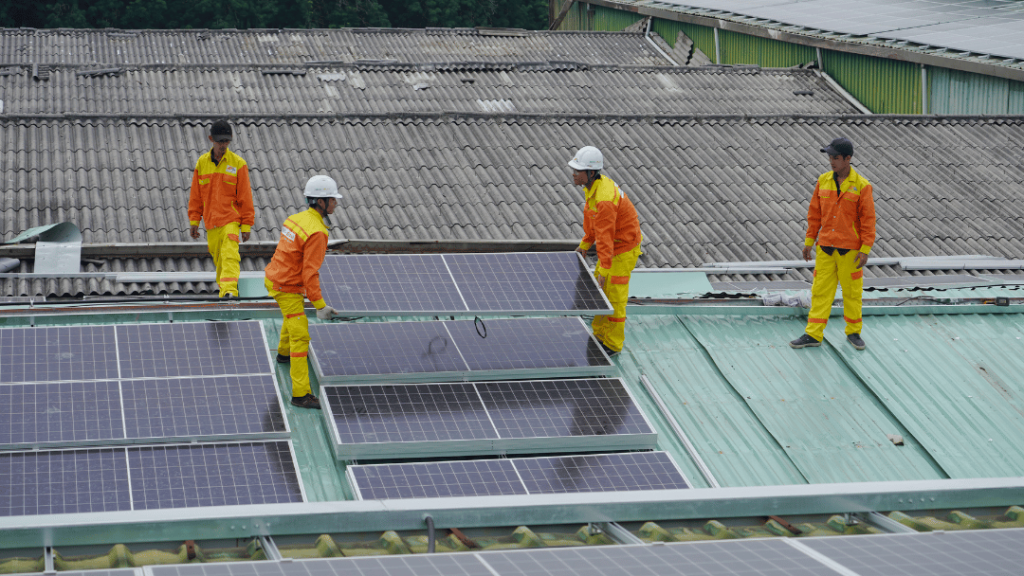Image source: Canva.com
The adoption of solar energy has surged in recent years, driven by decreasing costs, growing environmental awareness, and supportive policies. However, this growth has not been evenly distributed across demographic groups. Analyzing 2024 data reveals critical insights into how racial and ethnic minorities are engaging with solar energy, as well as the challenges and opportunities unique to these communities.
Key Findings from 2024 Data
Increased Adoption Rates Among Minorities
Recent data shows a steady increase in solar adoption rates among racial and ethnic minorities, with African American, Hispanic, and Asian households showing double-digit growth compared to previous years. According to a report by the Solar Energy Industries Association (SEIA), this trend is partially attributed to targeted outreach programs and subsidies aimed at underrepresented communities.
Geographic Concentrations
Solar adoption among minorities is particularly high in states like California, Texas, and Florida, where a combination of abundant sunlight, state-level incentives, and community solar programs has made solar energy more accessible. Urban centers with higher minority populations, such as Los Angeles and Miami, have reported significant increases in installations.
Community Solar Projects
Community solar projects have been a game-changer for minorities, providing access to solar energy without requiring homeownership. The National Renewable Energy Laboratory (NREL) found that over 40% of community solar subscribers in 2024 identified as racial or ethnic minorities, a notable increase from just 25% in 2020.

Addressing Disparities in Solar Adoption Among Racial and Ethnic Minorities
Barriers to Adoption
Despite progress, several barriers continue to limit solar adoption in minority communities:

Economic Inequalities
Many minority households face financial constraints that make upfront costs of solar installations prohibitive, even with incentives.

Limited Awareness
A lack of targeted information and outreach campaigns has left many minorities unaware of available solar programs and incentives.

Housing Constraints
Renters, who represent a significant portion of minority populations, often lack the authority to install solar panels on their residences.
Strategies for Increased Inclusion
To accelerate solar adoption among racial and ethnic minorities, policymakers and industry leaders should consider the following strategies:

Enhanced Incentives
Expanding financial assistance programs, such as low-interest loans and grants, can make solar installations more affordable for low-income families.
Education and Outreach
Developing culturally tailored campaigns to raise awareness about the benefits of solar energy and available incentives can help bridge the information gap.


Scaling Community Solar
Increasing investment in community solar projects can provide access to solar energy for those unable to install panels on their properties.
Workforce Development
Training programs targeting minority communities can create job opportunities in the solar sector while fostering greater community buy-in.

Future Outlook
The 2024 data paints an optimistic picture of solar energy adoption among racial and ethnic minorities but underscores the need for continued efforts to address disparities. As technology advances and policies evolve, the solar industry has an unprecedented opportunity to create a more inclusive energy transition. By prioritizing equity and accessibility, stakeholders can ensure that the benefits of solar energy reach all communities, driving environmental and social progress simultaneously.





